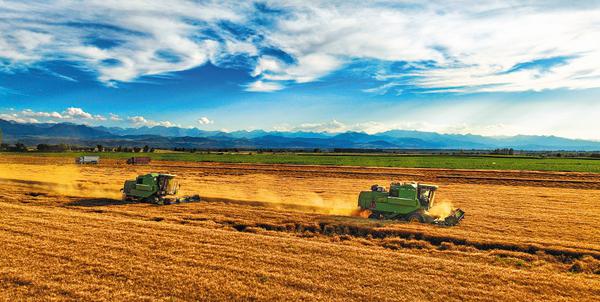
A farmer operates a harvester in the wheat fields of the Sixth Division of the XPCC in Wujiaqu, Xinjiang, on July 24, 2024. (Photo by Chen Yang/For China Daily)
The Xinjiang Uygur autonomous region has been transformed from having terrain dominated by desert into being a "granary on the frontier", officials said, citing efforts to improve saline-alkali soil and increase high-standard farmland to bolster national food security.
Last year, Xinjiang's total grain output reached a record 23.3 million metric tons, elevating the region to 13th place in China's grain production rankings. Grain yield per hectare rose to 7,875 kilograms, earning Xinjiang the top national ranking for the first time, Erkin Tuniyaz, chairman of the regional government, said on Sunday while delivering the work report at the annual session of the 14th Xinjiang Regional People's Congress.
The region aims to increase its grain output by an extra 500,000 tons this year, Xie Yingzhou, deputy director of the Xinjiang Regional Bureau of Agriculture and Rural Affairs, said on Monday at a news conference elaborating on the work report.
To meet this goal, Xinjiang will continue improving saline-alkali land and increasing high-standard farmland. Modern agricultural water-saving irrigation technology will be further promoted, alongside strict enforcement of water resource protection, Xie added.
Buwajian Abula, a member of the 13th Xinjiang Regional Committee of the Chinese People's Political Consultative Conference and director of the Economic and Social Development Research Center at Xinjiang Agricultural University, said the region has achieved significant breakthroughs in high-standard farmland development and agricultural mechanization in recent years.
"Besides providing a stable grain supply to people in the region, Xinjiang is now making significant contributions to national food security," Buwajian Abula said.
She noted that while Xinjiang has abundant land, water scarcity has been a limiting factor for grain production. "The use of modern agricultural technologies in water-saving irrigation and improving saline-alkali land has significantly alleviated the water shortage problem, leading to an increase in the grain planting area," she said.
In addition to grain, the region aims to maintain its cotton output at more than 5 million tons this year and solidify its position as a premium national cotton yarn producer, Xie said.
Despite facing international sanctions, Xinjiang produced 5.69 million tons of cotton last year, accounting for 92.2 percent of China's total. Some Western countries, particularly the United States, have imposed sanctions and accused Xinjiang of using "forced labor". The US has also sought to restrict businesses sourcing materials, including cotton, from Xinjiang.
The region's cotton and textile industry generated an output value of 220 billion yuan ($33.6 billion) last year and provided employment for more than 1 million people, according to the work report.
In August, the Standing Committee of the Xinjiang Regional People's Congress passed a resolution to counter US sanctions and support the development of sanctioned enterprises, including those in textiles and clothing.
"The resolution marks a strong step in using legal means to defy US hegemony and power politics while advancing domestic and foreign-related legal frameworks," Zhao Wenquan, a spokesman for the congress, said on Saturday at a news conference.








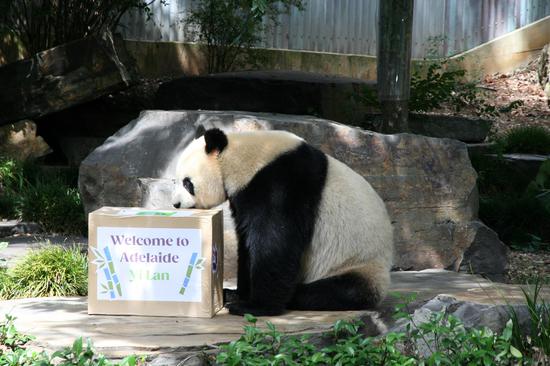
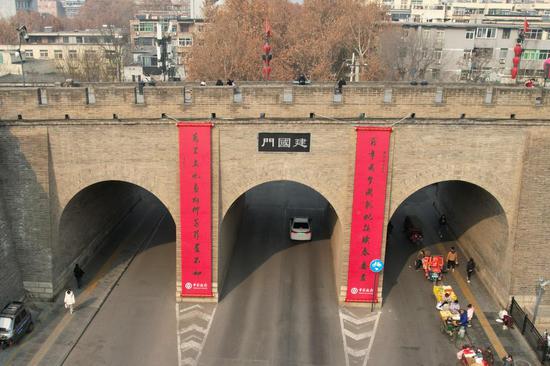

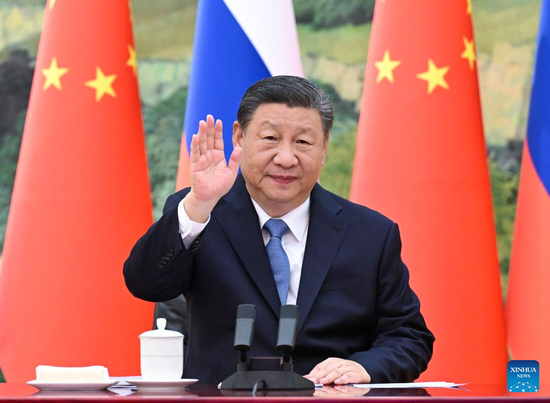
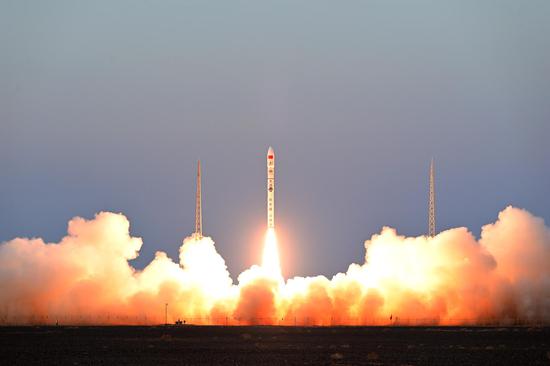



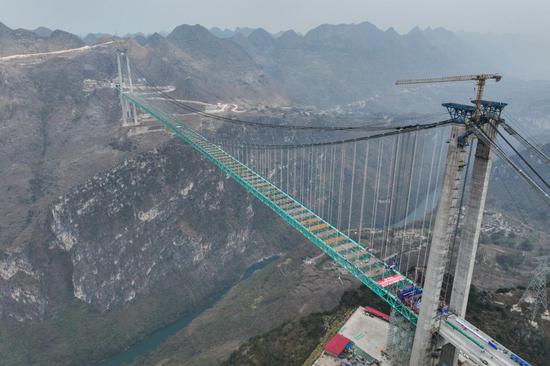







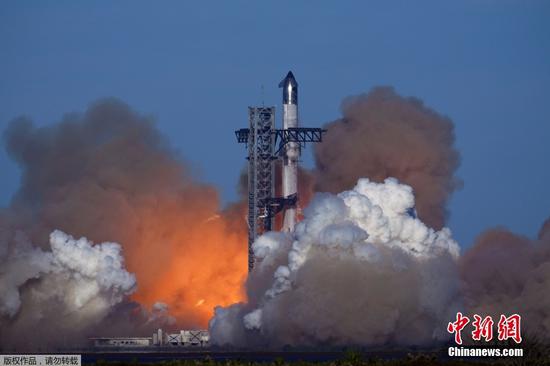
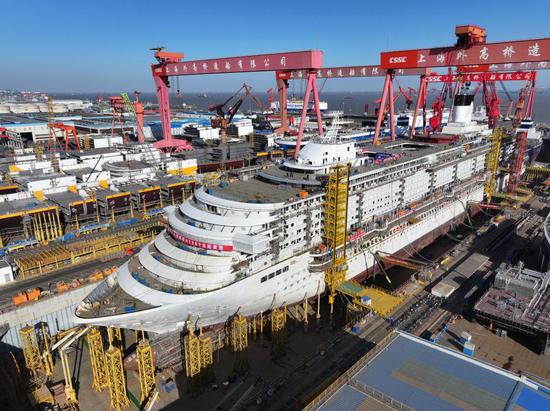
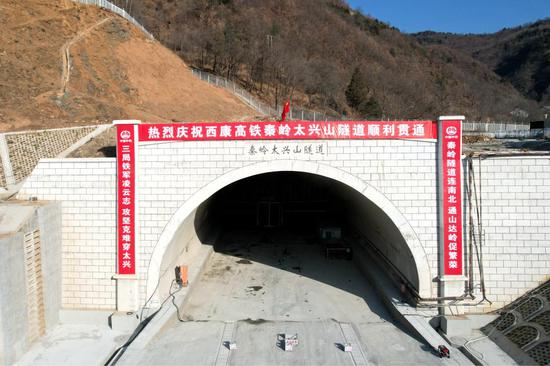























 京公网安备 11010202009201号
京公网安备 11010202009201号